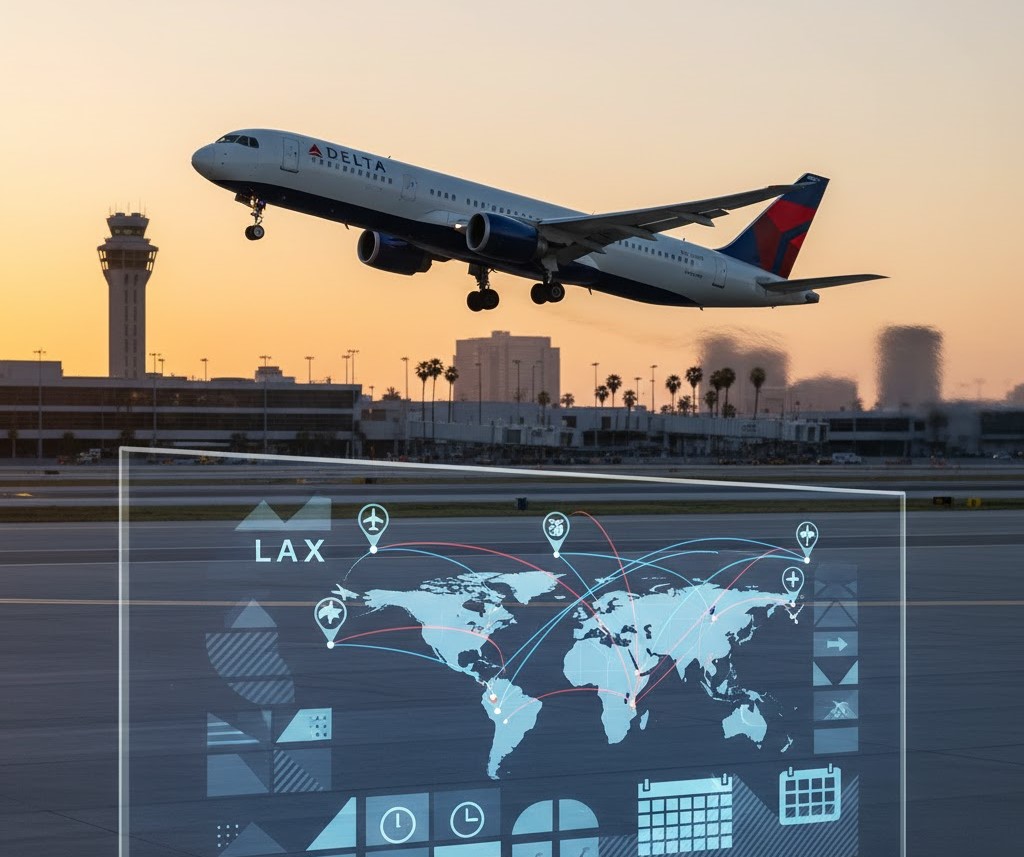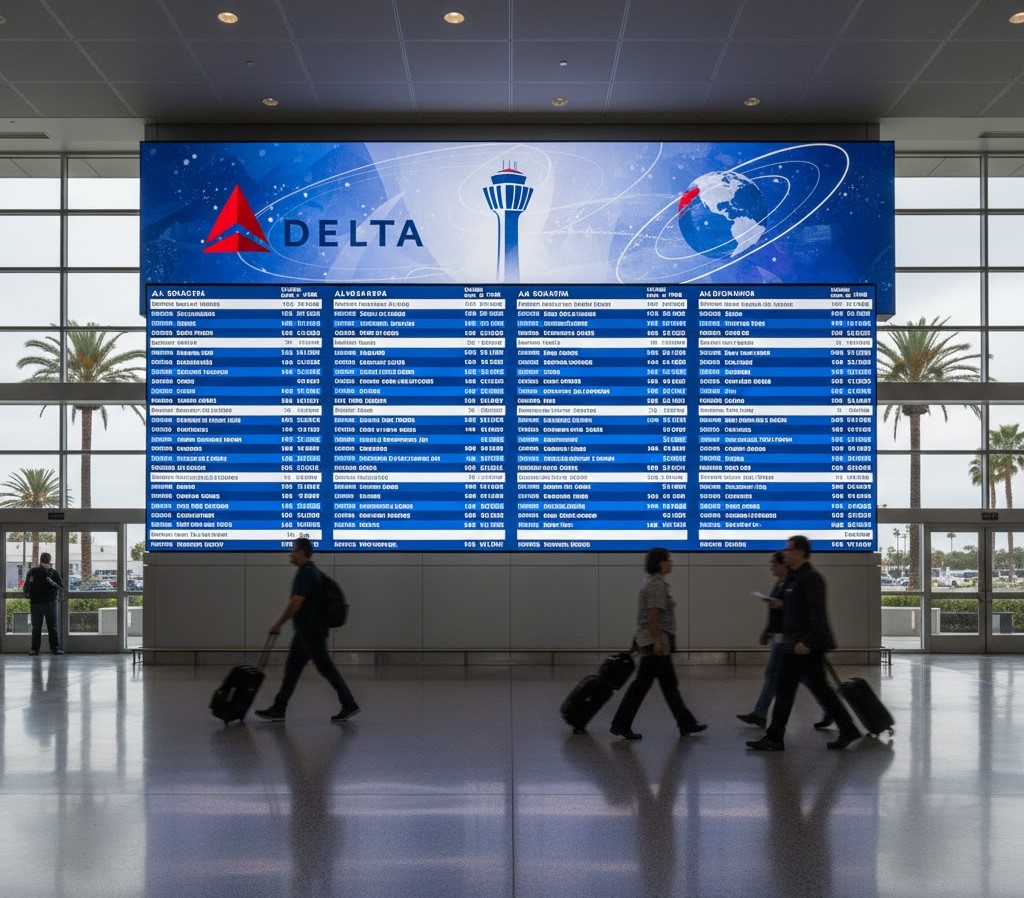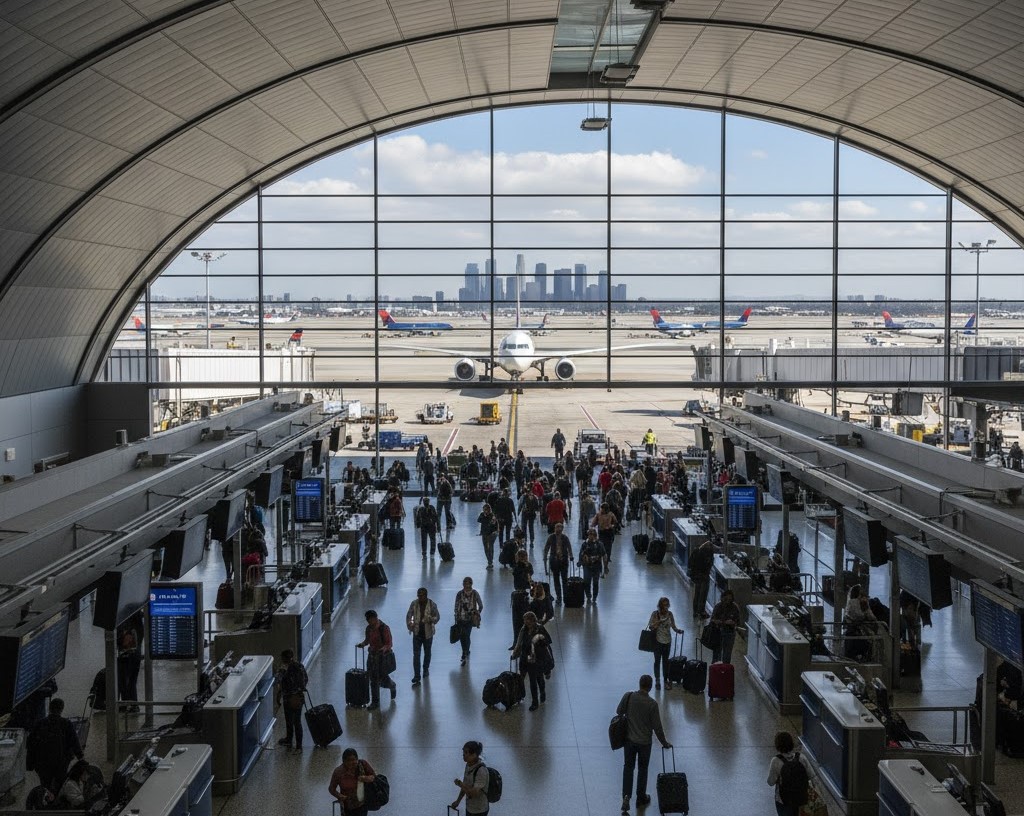Designing the ideal office environment today takes more than just picking out furniture or choosing a colour scheme. Companies are shifting toward office spaces that are smarter, more efficient, and ready to adapt to the changing needs of teams. Technology plays a massive role in this transformation, touching every part of the process from design and planning to daily operations. This shift isn’t just about aesthetics — it’s about creating spaces that respond to the way people actually work.
Smart systems leading the way
One of the biggest changes seen in office design is the integration of smart technology. This includes automated lighting systems that respond to natural light, heating and cooling units that adjust based on occupancy, and even desks that remember personal height preferences. These innovations don’t just add a layer of convenience — they improve energy efficiency and employee comfort, too. With smart tech, companies can manage energy use more effectively, contributing to both sustainability goals and reduced operating costs.
Flexible spaces for hybrid work
Technology has made flexibility more than just a buzzword. With cloud-based tools and video conferencing capabilities integrated into office designs, companies can now offer spaces that support both in-person and remote work seamlessly. Movable walls, modular furniture, and adaptive layouts supported by tech infrastructure allow businesses to reconfigure spaces quickly without major renovations. This means an office can go from a team huddle zone to a quiet workspace with little effort.
Data-driven design decisions
Using data to guide office layout and usage is becoming increasingly popular. Sensors can track foot traffic, desk occupancy, and meeting room usage, providing valuable insights into how a space is actually used. Designers and managers use this data to optimize layout, ensuring underused spaces are reimagined and high-demand areas are supported. These kinds of changes are far more impactful when backed by concrete usage patterns rather than assumptions.
Enhancing employee experience through innovation
Workplace technology isn’t only about operations — it also directly affects how people feel in a space. Sound masking systems improve concentration, while air quality monitors ensure a healthier environment. Many offices now feature integrated wellness technologies, such as circadian lighting to support natural sleep rhythms and mobile apps that let staff control lighting or temperature at their workstation. The goal is to create an environment where employees feel empowered, comfortable, and focused.
One especially important consideration during this transformation is how these upgrades impact commercial office fitouts. As businesses rethink their workspaces, the need for tech-ready layouts that accommodate future growth and evolving tools has become essential. Technology is no longer an afterthought — it’s part of the blueprint from day one. Fitout specialists are increasingly incorporating digital planning tools, like 3D walkthroughs and virtual simulations, to help clients visualise the final outcome before any physical work begins.
Voice assistants in daily workflows are also emerging as a popular topic, especially in larger office settings where efficiency is critical. Voice-activated scheduling, hands-free device access, and real-time updates reduce friction and free up time across departments.
Modern office design has moved far beyond aesthetics. It’s now deeply intertwined with the way businesses function and the expectations of the workforce. Technology continues to shape this evolution, not only through hardware and gadgets but through the smarter use of data, energy, and space. Companies that embrace this shift can expect more adaptive environments, higher productivity, and improved employee satisfaction. As the workplace keeps evolving, staying ahead of these trends will be essential to building office spaces that don’t just look good — they work better.









